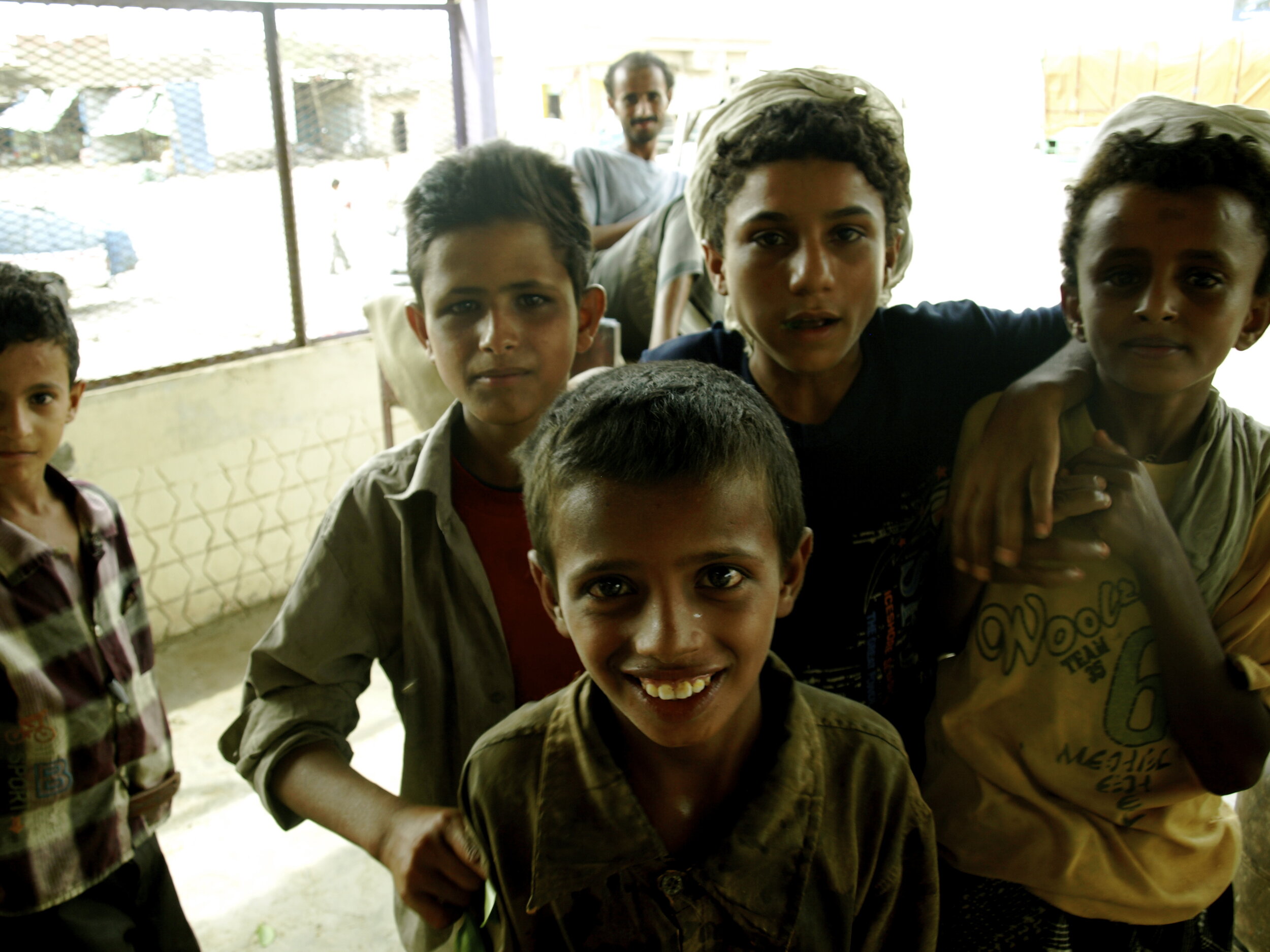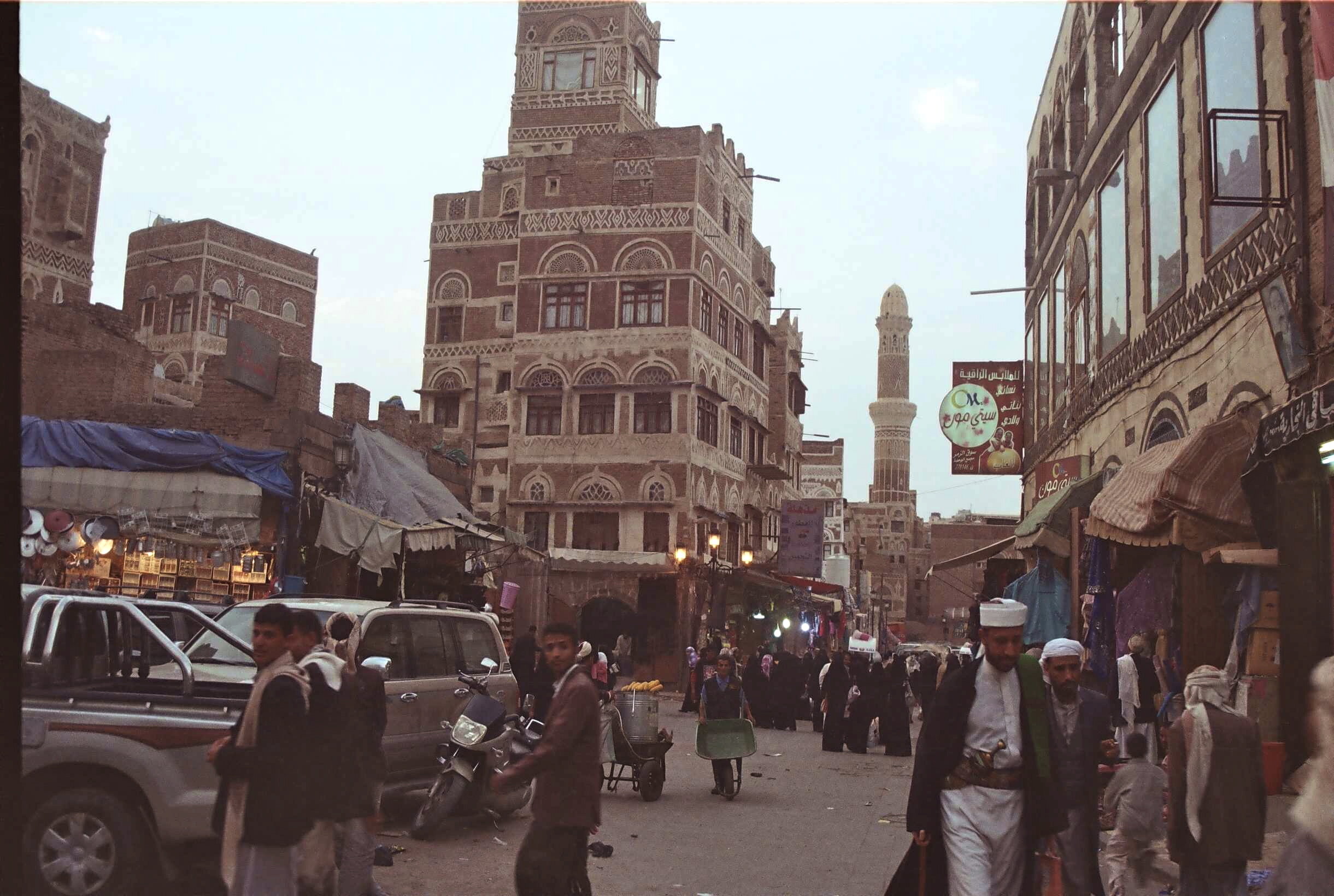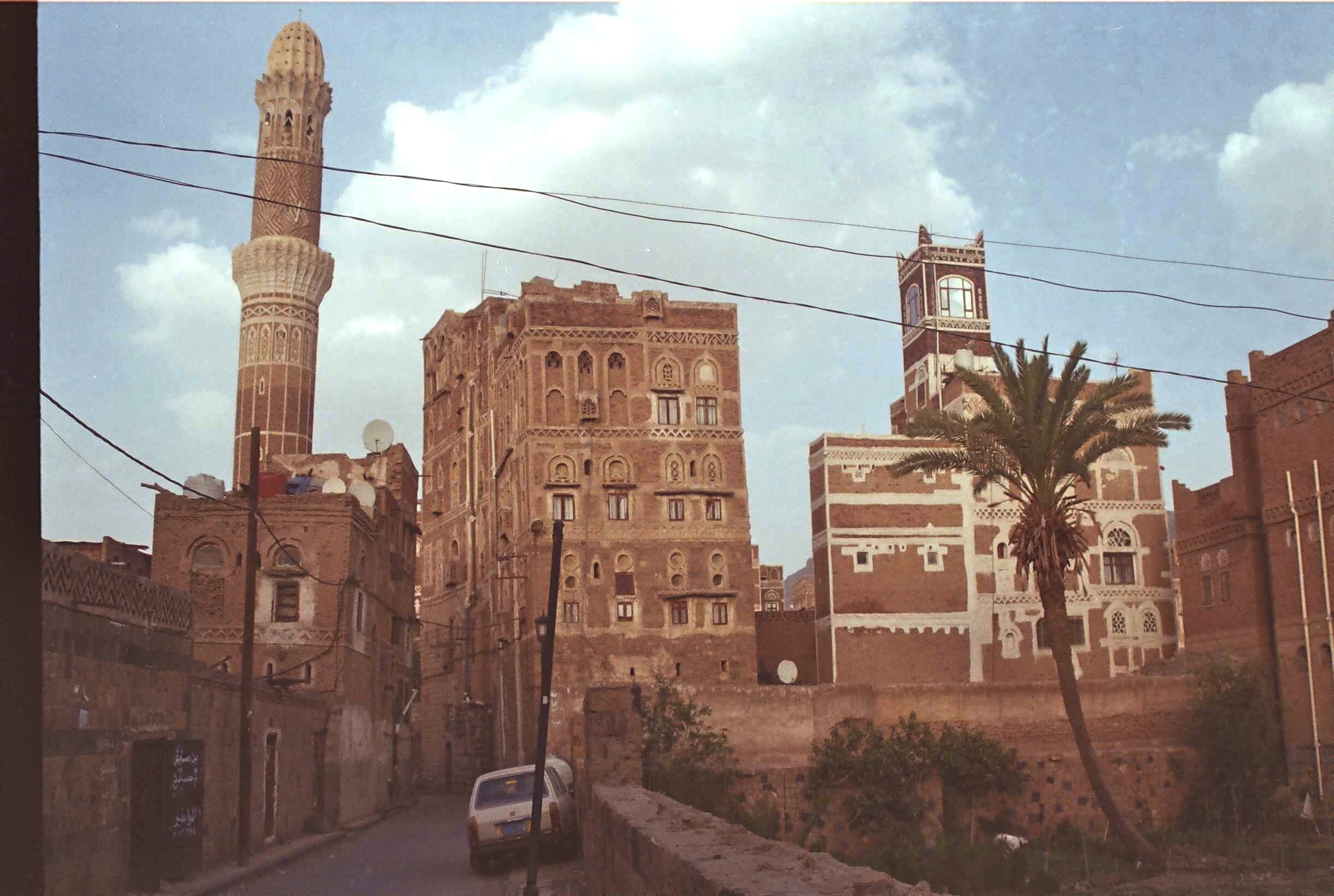In Yemen, lack of transparency and cooperation risk magnifying COVID-19’s impact
The number of COVID-19 cases in Yemen is on the rise. At the time of writing, authorities have confirmed nearly 100 infections in the south and the east. The real numbers, however, are likely to be significantly higher than official figures suggest. According to well-informed sources, hundreds of individuals infected with COVID-19 have been hospitalised in the more densely populated Houthi-held areas in the north, where the true number of deaths is unknown. Authorities in Sanaa have so far refused to make this public, only disclosing two deaths plus two cases of individuals who allegedly recovered. This has prevented the World Health Organization (WHO) from doing so. According to ARK’s sources, Houthi authorities are hiding the true magnitude of the outbreak out of fear of being stigmatized by neighboring countries and to avoid being criticised for mishandling the response to the pandemic.
The public disclosure of information and data has been vital for nations tackling the pandemic. In the case of Yemen, transparency and communication between the international community and relevant local actors is critical to ensure that an already highly vulnerable population is protected from the virus. As the WHO notes, the lack of transparency and cooperation could both magnify the impact of COVID-19 and Yemenis’ vulnerability to other threats such as infectious diseases, famine, and malnutrition.
At first, there was hope that the threat of COVID-19 could motivate the belligerents to engage in peace talks. But since 10 April, when the first case was officially confirmed in Yemen, the conflict has only escalated, as evidenced by the armed clashes between the Internationally Recognized Government (IRG) and the Southern Transitional Council (STC), the most severe since August 2019.
On top of the multiple opposing authorities governing its territory, millions of Yemenis do not have access to basic hygiene services to prevent the spread of the virus, such as clean water, soap and sanitizer. Crucially, they also lack access to credible and up-to-date information sources due to remoteness, electricity cuts, financial hardship, low literacy rates, and a lack of public initiatives and government presence. These attributes make the country a potential hotspot for the pandemic. Moreover, possible solutions to these and other issues have been thwarted by the refusal of Yemeni authorities to cooperate with each other and in some cases with relief organisations, hindering access to desperately needed aid.
According to the United Nations Population Division, nearly 75 percent of Yemen’s population is aged between 18-30. At first sight, this statistic could offer some hope about a potentially milder impact of the virus when compared to European countries with far older populations. The reality, however, is that most Yemenis suffer from malnutrition and are already quite vulnerable due to recent outbreaks of cholera, dengue fever, H1N1 and malaria.
Intimacy in Yemeni culture is also likely to play a role in the spread of the virus. Yemeni families are often multi-generational rather than nuclear, with large families of old and young people living together in small houses. While the West is struggling to contain outbreaks in care homes, Yemeni families will suffer collectively under one roof. In a country adherent to its traditions, it will be difficult for Yemenis to isolate themselves and avoid congregating in big groups.
This is another area where authorities throughout Yemen must create some common ground to push Yemenis to temporarily move away from their cultural norms, as opposed to blaming the illness on others. In Houthi-held areas, COVID-19 is weaponized as a propaganda tool, and has been called an “American” invention, which does not help prevent or raise awareness about the threat and only furthers the general disinformation making the rounds in Yemen.
Not only the capital Sanaa, Yemen’s most populous city, but other densely populated urban centres such as Aden, Taiz and Al-Hodeidah will likely suffer the most, as have other major cities around the world such as New York, London and Milan. As of 18 May, Aden, the interim capital, reported nearly 500 deaths from a number of infectious diseases in the past week, with only a handful confirmed to be caused by COVID-19. The southern port city was recently declared to be “infested” by COVID-19 by the IRG Prime Minister and the Yemen Supreme National Emergency Committee. However, both the IRG and the STC have refused to put down arms in the face of this mutual threat. As they fight for control, Adenis have been dying from a number of causes, from direct violence to preventable diseases and now COVID-19.
With defunct medical facilities, almost no testing capabilities, and besieged by prolonged conflict, Taiz will not be able to deal with the pandemic. Taizi locals are trapped and surrounded by rubble – 10-hour journeys on rugged terrain are the only way out of the city. As the city continues to discover cases of COVID-19, the indiscriminate siege imposed almost five years ago by Houthi forces on the city prevents vital goods and medical supplies entering the area.
Prior to the conflict, Al-Hodeidah was already suffering from food shortages. The city is a literal buffer line between the main actors of the conflict, with Hodeidis trapped between hunger, gunfire, and deadly heat with no electricity. While no COVID-19 cases have been confirmed there, the dire humanitarian situation in Hodeidah remains secondary to the conflict.
Authorities throughout Yemen must work together to fend off this common deadly threat. Implementing lockdown measures that are sensitive to the local context and preparing hospitals are essential to mitigate a massive outbreak of the virus.
The United Kingdom recorded its first confirmed death related to COVID-19 just over two months ago. Today, the UK has officially confirmed over 200,000 cases and 50,000 deaths (including excess deaths). Yemen today is not far from where the UK was in early March. One can only imagine how the disaster will unfold.




